Backpacking Hats: The Most Underrated Backpacking Gear
I’ve spent a lot of time trying out different hats and caps for backpacking and I’ve come to learn a few things about what works and what doesn’t. You laugh now, but you’d be surprised at how great of an impact a simple hat has on your overall comfort in the backcountry. I’ve experienced hats that make me feel like I’m suffocating and I’ve had them feel like I’m losing all the heat my body is producing. I’ve been cold when it’s hot, hot when it’s cold, and battled sweat pouring down from my bald head right into my eyes.
So yeah, I’ve been there and learned a few things along the way.
I picked up this awesome felt hat in Lake Tahoe as I made my way north on the PCT. I loved it, but it just didn’t work the way I wanted it to. Lesson learned!
The Importance Of A Good Backpacking Hat
When I first started backpacking, I didn’t know that something as simple as a hat could make such a huge difference in my overall comfort in the backcountry. I figured a hat was just a hat, but that’s not at all true, especially in the backcountry. A hat of any kind is a barrier between your head and the environmental conditions you’re in, be it snow, sun, or rain. When it comes to traveling the backcountry, hats have very little to do with fashion, and everything to do with function.
It’s taken me a few years to figure this out, but I’ve noticed along the way that the hat I choose to wear on a backpacking trip has a direct impact on how my body regulates its temperature. I became even more aware of this on my 2017 hike of the Pacific Crest Trail. In total, I think I wore 5 or 6 types of headwear trying to find the one that made the most sense for where I was at on the trail and what my body needed. at various points along the way, I wore a Merino wool beanie, a big straw sun hat, bucket hat, bandana, large-brimmed felt hat, and finally a cycling cap that I wore all through Oregon and Washington. That’s a lot of hats for one trail and each of them taught me something different.
Outside of the PCT, I’ve tried fleece hats, baseball caps, trucker hats, a sweet waxed canvas hat from Filson, a bandana, and so many others. All types of hats and all types of materials! What I’ve learned from all of that is that each has its own place and it really just depends on what you’re doing out there and when.
For me, I’m bald so my requirements of a hat change from season to season, but to pair them all down; I need that soaks up the sweat in the headband, holds in the heat when I need to stay warm and allows my head to breathe when it’s hot. It’s also important to protect my head from the sun so for me, headwear is kind of a big deal.
Headwear should be a big deal to you as well. If it’s not, it might be time to make it a big deal.
Headwear Material Is The Difference-Maker
Hats and other headwear come in so many different materials that it’s nearly impossible for me to cover all of them here, so I’ll just give you the high-level point of view so you can do your own research for your own situation. In short, the material we use on our heads is just as important as the material we use on our feet when we’re hiking, running, or dancing. It’s as important as the material we wear into battle, to prom, to church, and wherever else you can think of. Yes, it’s just a hat, but not it’s not JUST a hat. It’s much more than that.
My beloved cotton cycling cap was on me from Southern Oregon until Canada. I’ll still wear it!
Your head is where a large majority of your body heat escapes through so you should probably think about the material you choose to put over it when you’re in the backcountry. Don’t believe me? When was the last time you were boiling hot and put a cool rag on your kneecap, elbow, or some other random part of your body? My guess is you found a cool rag to put over your HEAD to cool your body down or you dipped said head into a nice cool stream to cool off from the day.
That same head you put cold water on to cool down is the same head you put a hat on when you went outside to play in the snow. Your decision to wear a cap in the snow is because if you didn’t, you’d most likely be a lot colder without it. Again, your entire body is bundled up for a day in the snow, but not your head? Exactly, your head IS covered and hopefully, now you see my point.
It’s a good idea to consider the type of material you’re putting over that dome of yours. I’m not here to tell you what material to wear, but I will tell you that there is a massive difference between them all. I’ve worn a hat on the trail that I thought looked pretty sweet but sucked to sweat in. It was a felt hat that I thought might breathe well enough for me, but it never did. It looked awesome, but in reality, it functioned poorly.
As I moved north along the PCT, I changed headwear and finally landed on a simple cotton cycling cap. For whatever reason, my body loved that simple little cap. It soaked up the sweat, allowed my skin to breathe, and protected my head from the sun. I don’t know why, but a thin cotton cap on my head worked great for all-day hiking in the heat of the summer.
When the winter came, I had to again swap headwear. I usually hike in a Merino Wool beanie and that seems to do the trick for me.
There are a ton of materials out there, some really technical and some not so technical. The take away here is that they all have their place and they all perform a little differently. You won’t know until you try, but do yourself a favor and be as objective as possible. If your head is sweating too much and it’s making you cold or the hat you’re wearing continues to fail at keeping you warm, then it might be time to find something new.
You’ll know you landed on the right combination of material and function when you no longer think about what’s going on upstairs. You’ll be far more regulated throughout the day, won’t come away sunburned, or won’t be fighting to stay comfortable.
Different Hats For Different Backpackers
I think it should go without saying that there’s not ONE HAT TO RULE THEM ALL. Each backpacker has their own style, their own needs, and backpacking in their own unique environment. As much as I’d like to have one single hat that comes with me on all of my trips into the field, the reality is that it’s just not efficient or comfortable to do so. Depending on the weather, what I’m doing, and where I’m going, I choose my hats accordingly.
We already know that your choice in headwear has a direct impact on your body’s ability to regulate its temperature. Choosing the correct headwear will make you far more comfortable in the field from sun up to sundown. The question is though, how do you know what to wear and when? I can’t answer that for YOU, but I can certainly answer that for me.
Here’s a quick rundown of my favorite types of headwear and when/how I use them…
Merino Wool Beanie
This is probably my go-to hat for almost every trip. It’s in my pack no matter what because it’s so versatile. I’ll wear it in the morning when it’s chilly and toss it back on again in the evening when it cools down. I have two weights of Merino Wool beanies; one is just your average thickness and the other is a 400g cap that I’ll bring with me once the winter hits. Both work great and I’ll wear them when it’s raining, snowing, and just plain cold.
The great thing about Merino is that it resists odor which means it is resisting the build-up of bacteria. This is just a thing wool products naturally do on their own which is why you see Merino Wool all over the outdoor market. Wool helps regulate your temperature even when it’s wet. It is no doubt a miracle fiber!
Cotton Cycling Cap
For the last 1000 miles or so of the Pacific Crest Trail, I wore a simple cotton cycling cap and loved it! What I’ve realized about cotton is that it DOES have it’s placed in the backcountry, and I think that place is on your head. There’s a common saying that “cotton kills” because when it gets wet, it holds moisture really well and ends up sucking your body heat out slowly but surely to the point where it’s really hard to warm up. There are more stories than you can count where people have gone hypothermic from wearing cotton even when it’s not very cold out. So long story short, stay away from cotton for base layers and everything else.
What I’ve found, however, is that a thin cotton cap worn during the summer actually works really well. It lets your head breathe, soaks up sweat, and sort of cools you off. If it starts to get cold out, I’ll toss a merino beanie over it and warm up.
The bill of a cycling cap is awesome for backcountry travel. Flip it up to see the world and flip it back down if you need a little reprieve from the sun. Yes, they look a little goofy but give one a try and you’ll see pretty quickly that it’s a pretty awesome style of hat. Lightweight, packable, and does the trick!
Merino Wool Cycling Cap
For the same reasons listed above, I also have a Merino cycling cap that I’ll use during the hunting season when the weather is going to be less than ideal. These hats are great for glassing without having to tip your hat up to avoid contact with the glass. All in all, a cycling cap is a great solution.
Basic Trucker/Baseball Cap
On rare occasions, I’ll backpack with a regular old hat. More or less, I’ll use a trucker hat or baseball hat to hike in for the day, because I know I won’t be out for very long and it won’t matter in the long run. If, however, I’m backpacking, I’d prefer to go with a different hat altogether such as one of the ones listed above.
For me, a trucker hat just isn’t a viable option because my head can get sunburned. That being said, I have to use a hat that covers my entire head and it usually looks like some sort of quick-drying material. In recent years, I’ve strayed away from these hats because they tend to make me hotter than I’d prefer. Yes, it’s a quick-dry material, but for some reason, at least for me, they just feel suffocating when I’m really putting in the work out there. My head sweats more and I can tell. That said, sometimes it is nice to just wear a ball cap and call it a day.
The takeaway here is that we all have our preferences and there’s not one hat to rule them all. Sometimes you want a big-brimmed sunhat, and other times you just need a simple cycling cap to do the trick. There’s no right or wrong way to backpacking headwear. As long as you’re comfortable and protected from the elements, that’s all that matters.
Backpacking Headwear - I bought this awesome straw hat for the desert. It worked pretty well and shaded me from the harsh sun, but after a hundred or so miles it began to break down. I don’t recall when I ditched it, but I wore it as long as I could!
Sunday Afternoons - A One-Stop-Shop For Backpacking Hats
I’d never heard of a company that was a one-stop shop for hats until I ran into Sunday Afternoons. The first time I saw their work was on social media and I quickly shopped their website to see what they offered. Literally, everything you could want in a hat for backpacking, Sunday Afternoons offers. After a little research and learning that they were a family-operated business that had been around for quite a while, I reached out to learn more. They offered to send me a sample or two and I was immediately blown away by the quality and craftsmanship of their products.
Instead of me rambling on about what they offer and where it all fits in the grand scheme of backpacking, I thought I’d just give you a list of the hats I believe they offer that pair well with backpacking. Full disclosure; I’ve only physically handled a couple of these, so the rest is a judgment call based on what I know of the company, materials, and the needs of a backpacker when it comes to headwear.
I wish I had found Sunday Afternoons before now because I would have no doubt worn the Adventure Stow Hat for the entire Pacific Crest Trail.
Take a look at the list below and follow the links to each hat so you can learn more!
*I HAVE NO AFFILIATION WITH SUNDAY AFTERNOONS. THEY’RE JUST A SWEET COMPANY THAT HAS A TON OF OPTIONS THAT I THINK ARE PRETTY GREAT.
ULTRA ADVENTURE STORM HAT
I’ve never seen a hat like this! Full brimmed and water-resistant for those rainy days. (Image courtesy of Sunday Afternoons)
ADVENTURE STOW HAT
My new favorite hat! This design is incredible and has 3 different ways to wear it without having to take anything on and off. A small brim to fold down on the ears and a stowaway sunshade that pulls out from a hidden pocket. AMAZING! (Image courtesy of Sunday Afternoons)
CHARTER HAT
Even more classic is this full brimmed hat with a mesh upper. (Image courtesy of Sunday Afternoons)
OVERLOOK BUCKET
Who doesn’t like an old-school bucket hat? (Image courtesy of Sunday Afternoons)
ADVENTURE MESH CAP
A mix between a ball cap and a sunshade with the shade being removable. (Image courtesy of Sunday Afternoons)
CRUISER HAT
Classic full brimmed crusher style hat for sunny days on the river or the trail. (Image courtesy of Sunday Afternoons)
SOLAR CURTAIN
Happy with your hat but tired of using a bandana for a shade? This thing just wraps around your head and you’re good to go. (Image courtesy of Sunday Afternoons)
ULTRA ADVENTURE HAT
A classic design with full coverage for sun-filled trips! (Image courtesy of Sunday Afternoons)
Final Thoughts On Backpacking Headware
You don’t have to take my word for it on whether or not you should or shouldn’t take your headwear seriously. Go find out for yourself, come back, and tell me what you’ve learned. I’m pretty confident that if you start to play around with what you’re putting on your noggin’, you’re going to find that your overall comfort will improve drastically.
My only bit of advice for you is to take performance into account and not JUST fashion. It’s understandable that you’ll want to wear something that matches your personality as well as your needs, but do your best to avoid headwear that is ONLY fashion-oriented. You’ll look cool wearing it, but you’ll hate what it’s doing to you out there.
Find a good balance between what you like and what you need. There are so many hats out there that it’s nearly impossible NOT to strike gold at some point. Try different things out, toss the ones that don’t work, keep the ones that do, and enjoy the process!
Emory, By Land
Thanks for stopping by the website and checking out this article! If you have any questions for me or want to connect, you can leave a comment below or shoot me a personal message at emory@byland.co.
Support By Land
By Land is independently published meaning no one pays to have this content written or created. If you’ve enjoyed this article, the website, resources, or other By Land content and want to become a supporter, please consider making a one-time donation. 100% of each donation will go right back into operational costs so I can continue to bring you the same great content for years to come!
Thank you!

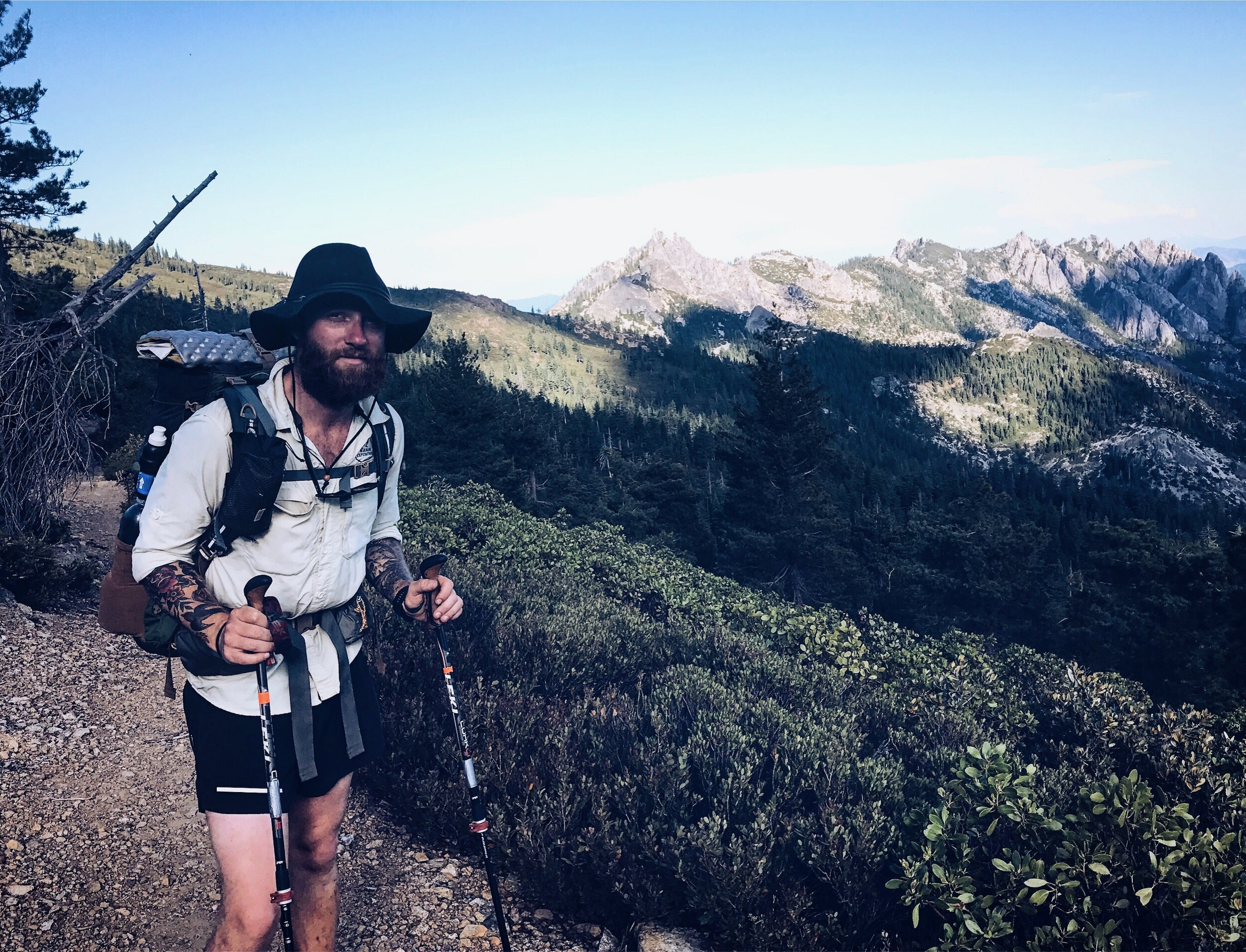
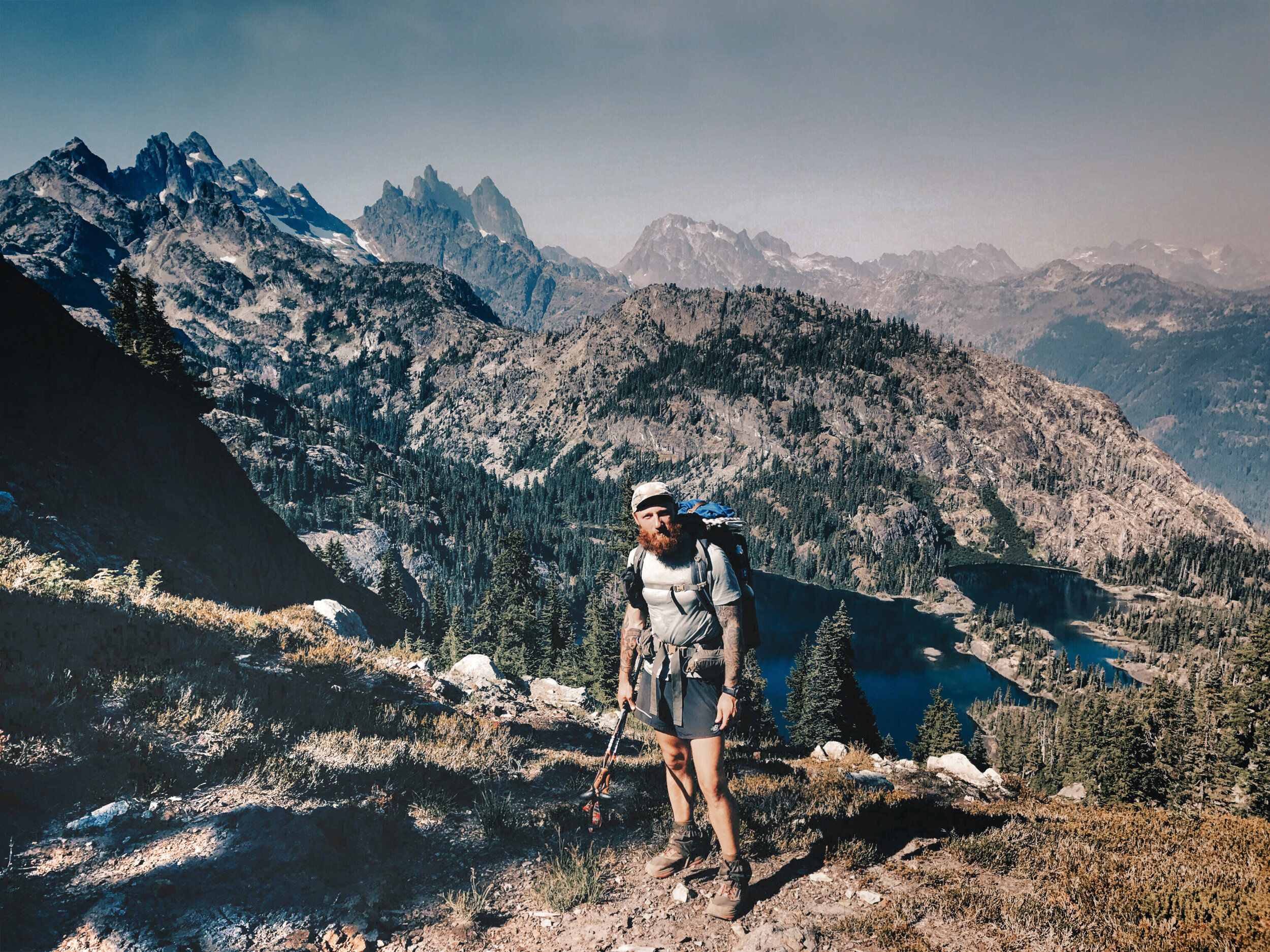


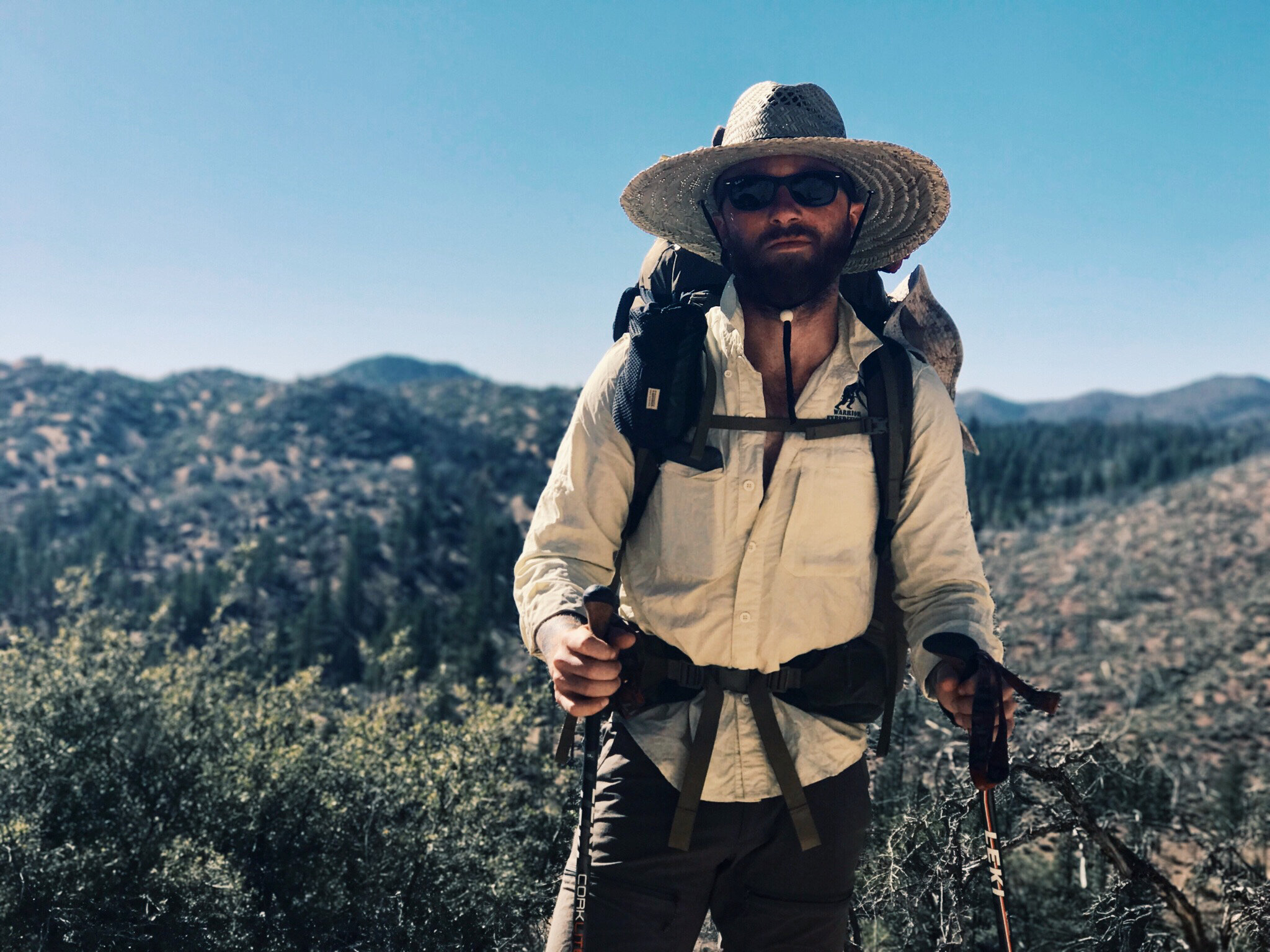
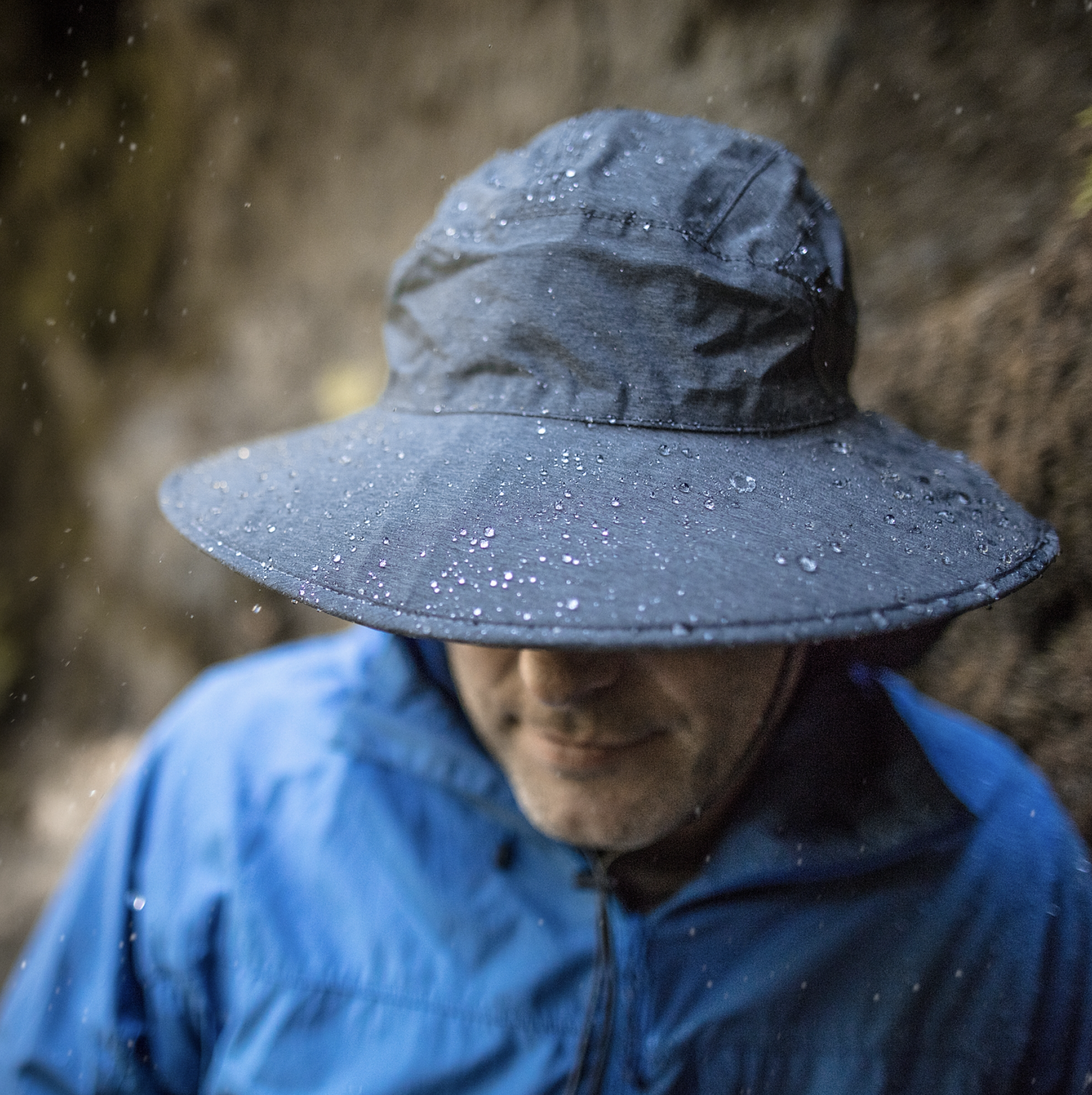
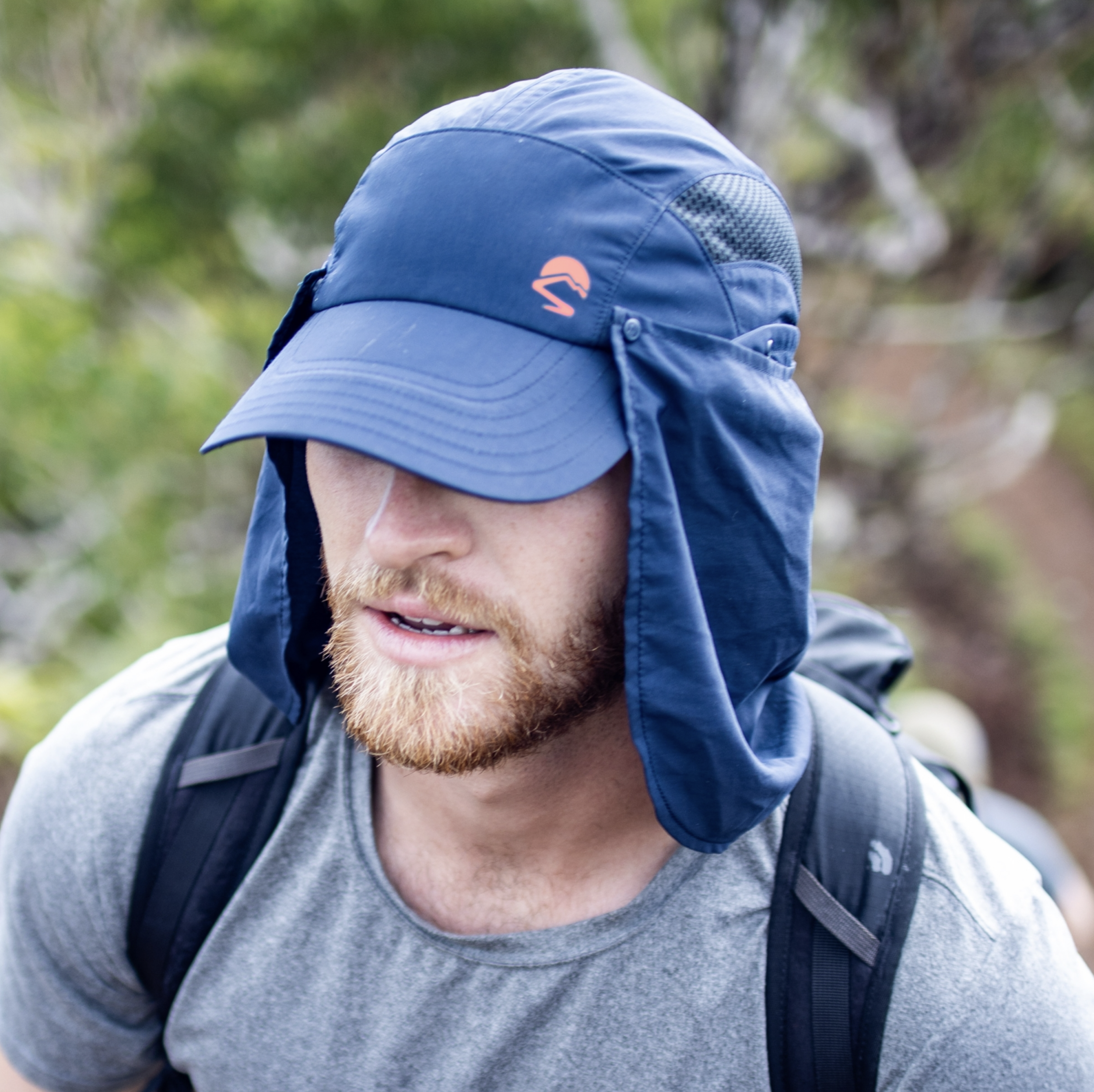

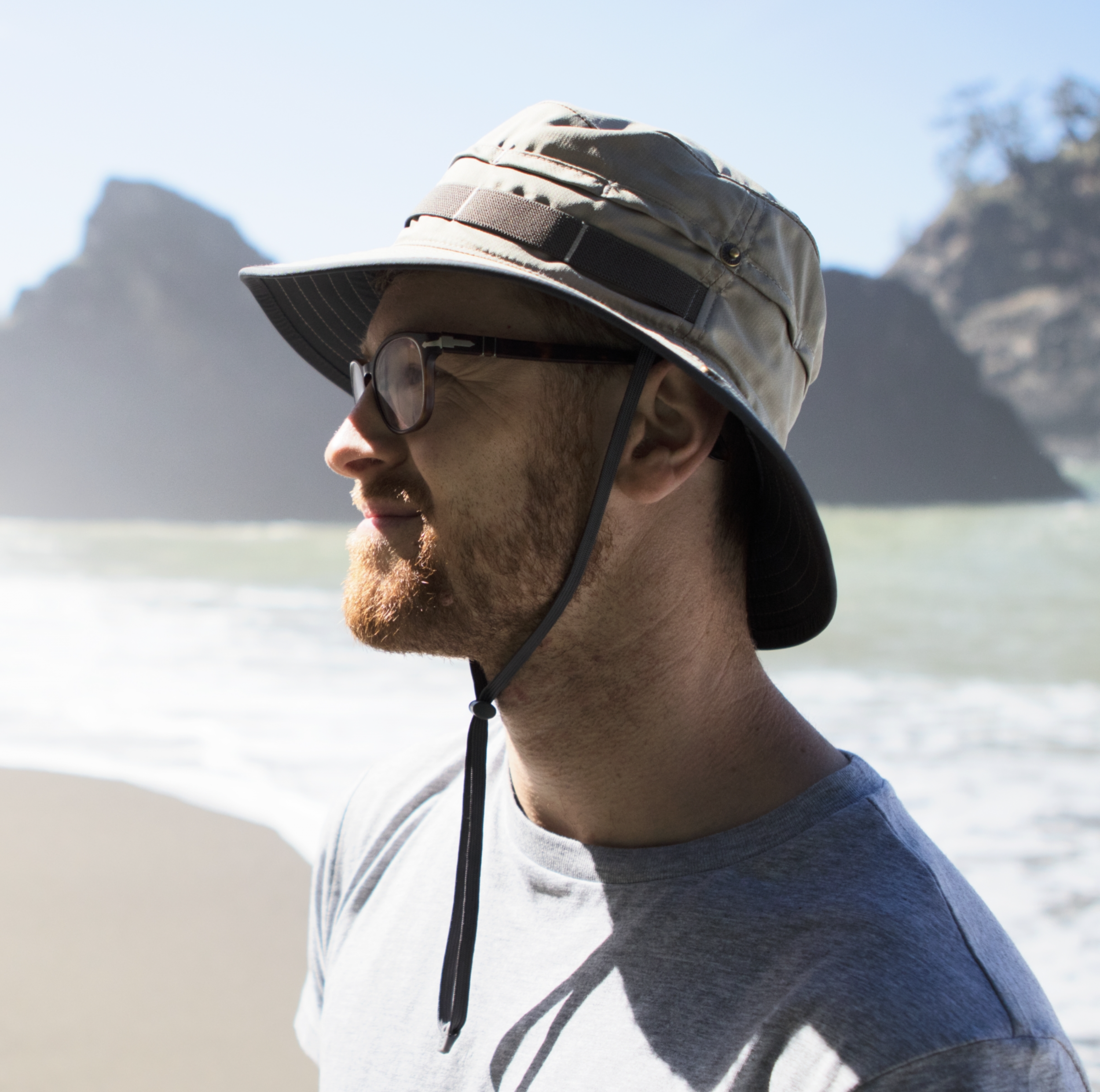


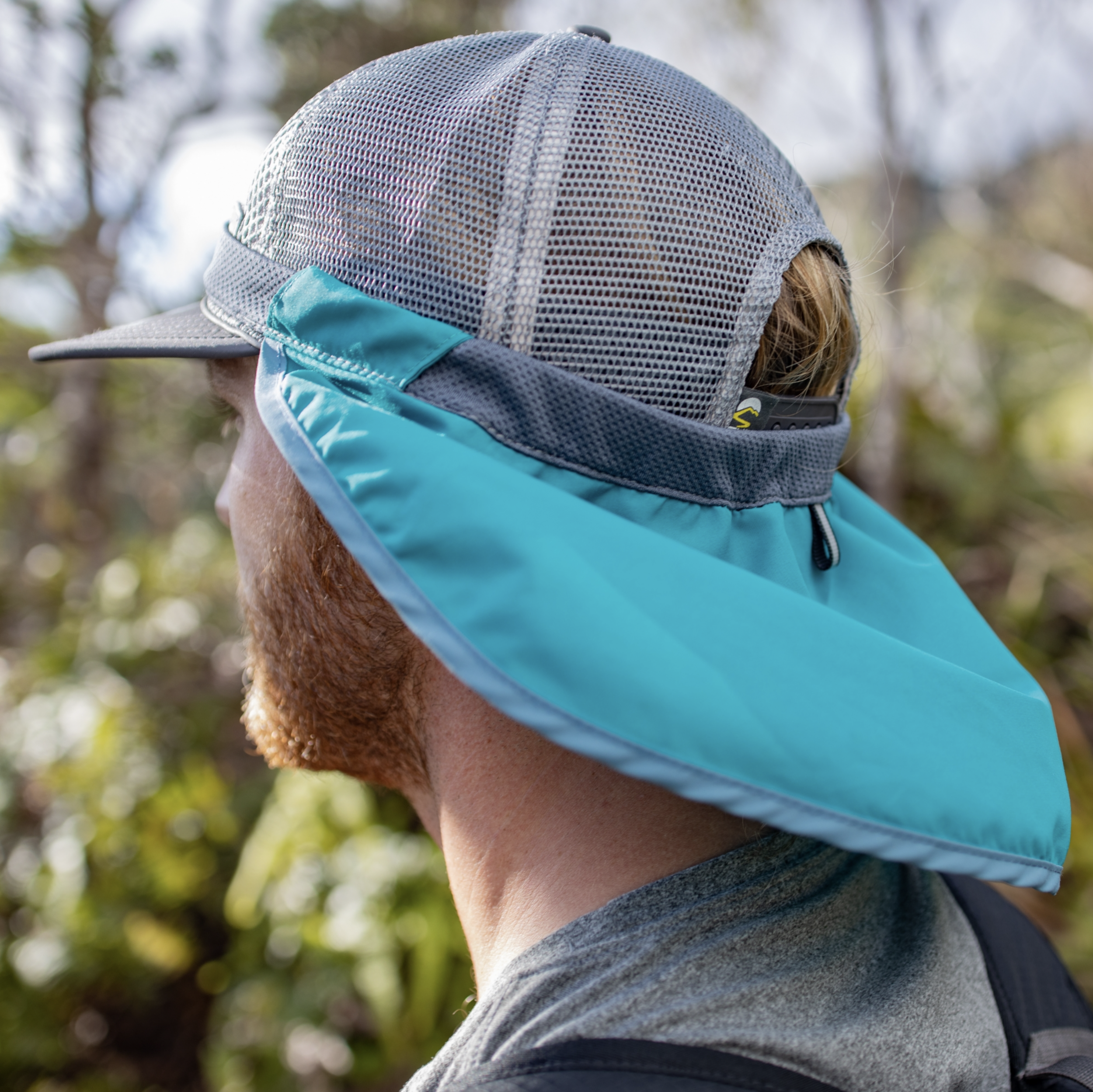
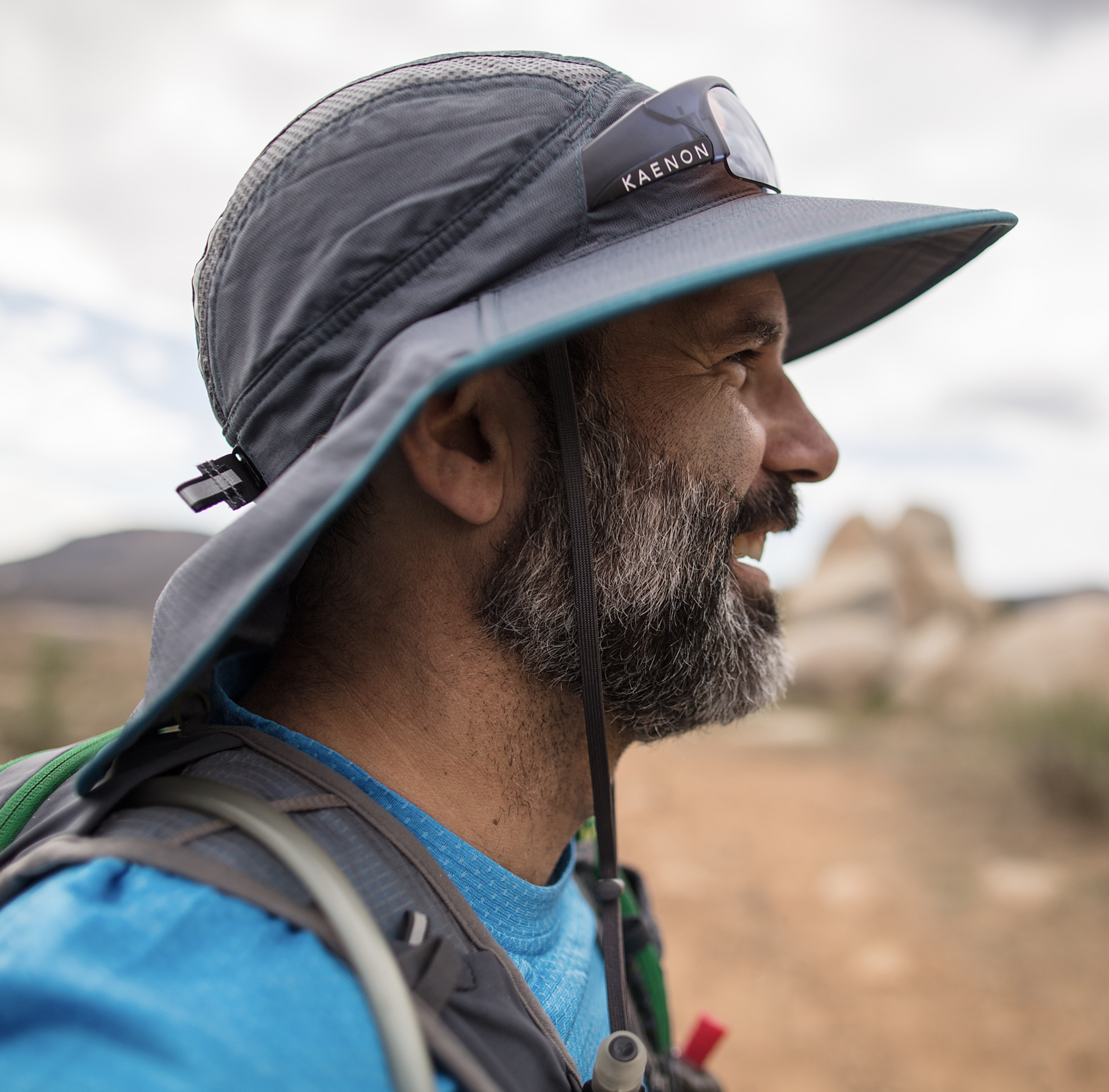
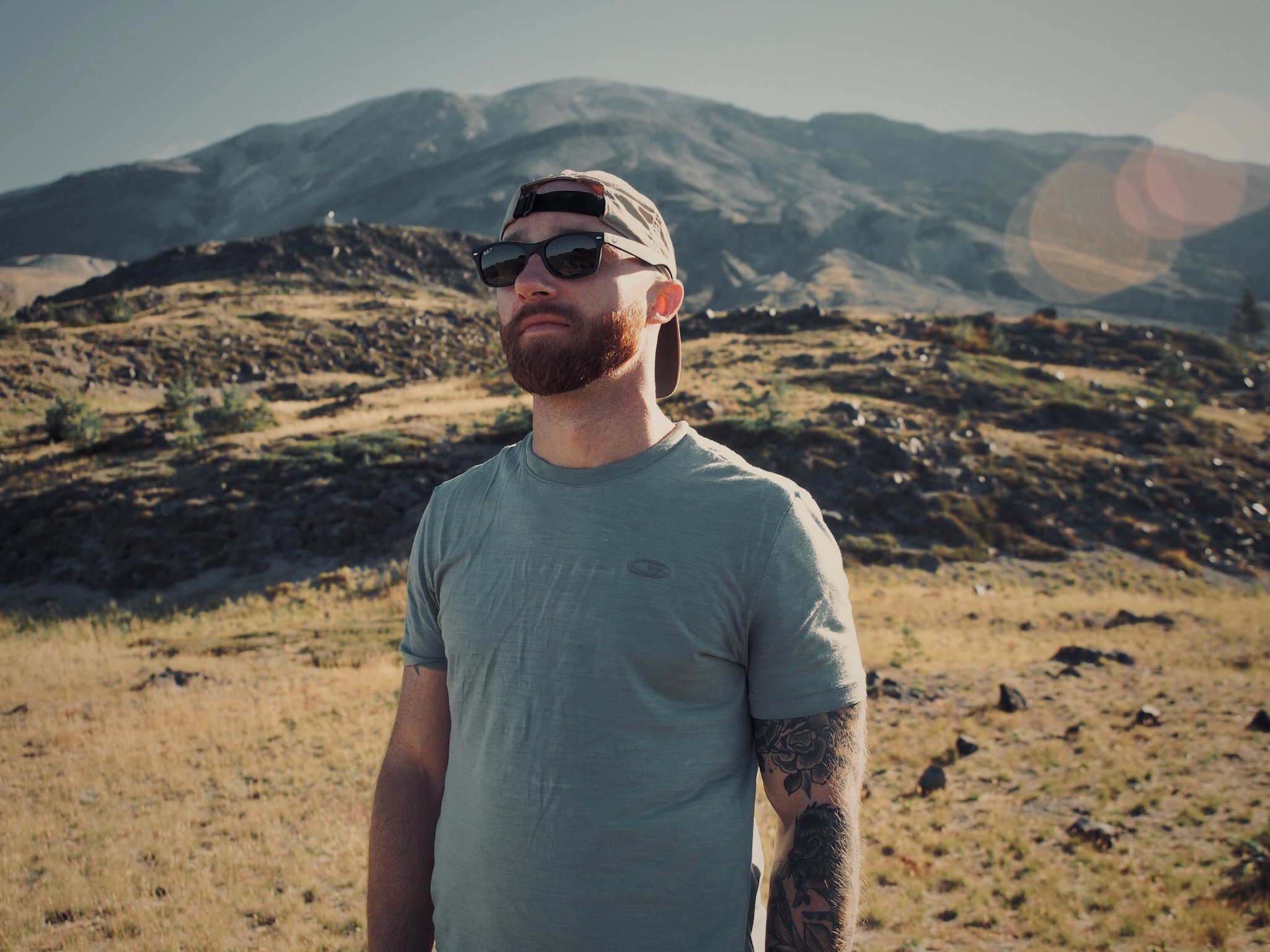



Learn how to use a successful military planning framework to enhance your backpacking plans to ensure success, enjoyment, and safety.